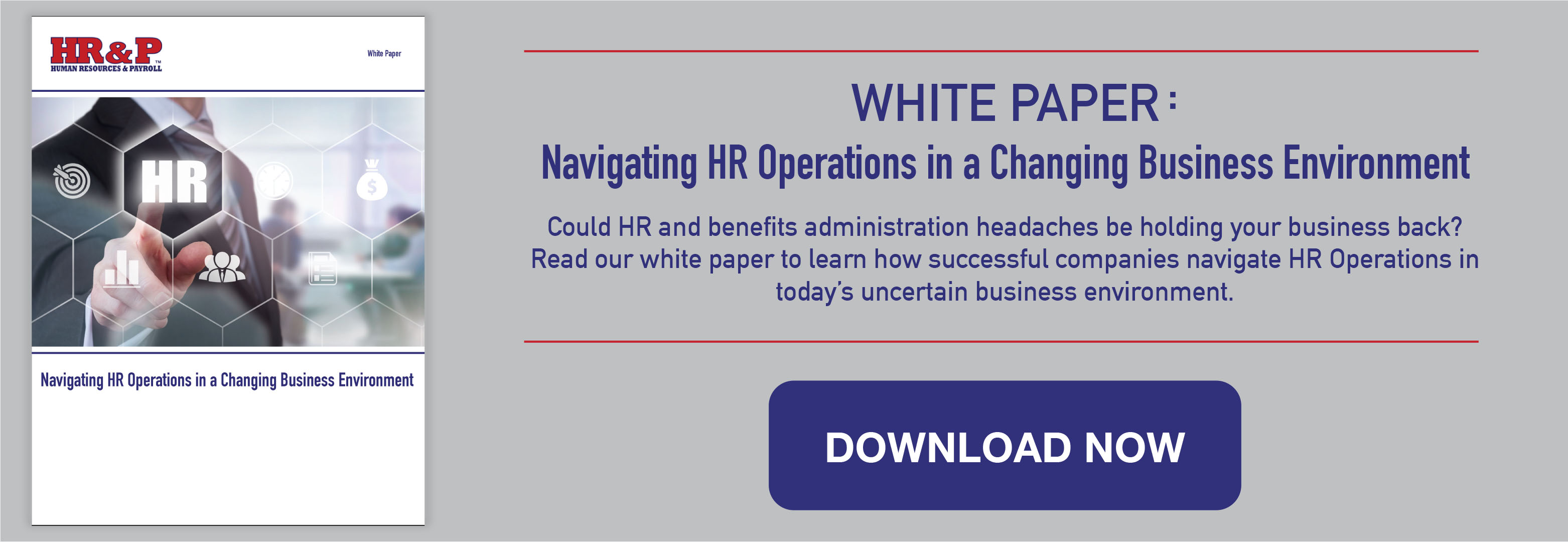More than three decades have elapsed since the Immigration Reform and Control Act (IRCA) began requiring employers to complete I-9 forms when hiring to verify a new employee’s identity and authorization to work in the United States. Given the recent focus on illegal immigration, there’s a good chance that immigration enforcement efforts at the employer level might be stepped up.
As with the IRS in the tax arena, the prospect of an audit by the Immigration and Customs Enforcement (ICE) agency is intended to ensure that employers toe the line. That’s why the financial cost of violating the IRCA can be severe, depending on the nature of the infraction.
Determination of Penalties
The steepest penalties — up to $16,000 per violation — are levied against employers that knowingly hire and keep undocumented workers on the payroll.
More typical are penalties of up to $1,100 per violation for failing to satisfy the law’s administrative requirements. Chances are that if you have I-9 recordkeeping issues with one employee, you’ll have them with many, which means that the $1,100 per violation maximum penalty can quickly add up.
When deciding how big of a penalty to assess, ICE will take into consideration the following factors:
- The size of the organization,
- ICE’s assessment of its “good faith effort to comply” with the law,
- The seriousness of the violation,
- Whether the violation involves unauthorized workers, and
- Any history of previous violations.
Remember that IRCA requires you to keep I-9s on file for not only current employees, but also former employees — for at least three years from the date of hire, or one year after the employee has left you, whichever is longer.
Proactive Steps
If you receive a notice of inspection from ICE, you will have three days to produce all your I-9s on file (extensions are sometimes granted, but you shouldn’t count on it). Be sure to make copies of forms before you provide the originals to ICE. Typically ICE will also ask for supporting documentation, such as a copy of your payroll and employee roster, business permits and articles of incorporation.
There are steps you can take immediately after being informed that you will be inspected (that is, you’re presented with a notice of inspection) that might nip any issues in the bud. As soon as a notice is received, check your I-9 files for any potential problems. You can try to fill in any missing data items on those forms. It’s up to ICE whether to absolve you based on any post-notice corrections.
However, if you failed to obtain I-9s at the time of hiring, what you can’t do is round up documentation from employees and fill out the forms after you have received the notice. ICE can use forensics experts to determine whether you have done so, and such a discovery would compound your problems.
Possible ICE Responses
Following an audit (which could take months or even years), you will receive a response from ICE, which typically will fall into one of the following categories:
Notice of inspection results. Also known as a “compliance letter,” this is used to notify you that your company was found to be in compliance.
Notice of suspect documents. This tells you that, based on a review of the I-9s and documentation submitted by the employee, ICE has determined that an employee is not authorized to work and advises you of the possible criminal and civil penalties for continuing to employ that individual. ICE will give you and the employee an opportunity to present additional documentation to rebut this conclusion.
Notice of discrepancies. A discrepancy notice tells you that, based on its review of the I-9s and documentation submitted by an employee, ICE has been unable to determine that individual’s work eligibility. You will need to give the employee a copy of the notice and explain that this is an opportunity to provide ICE with more evidence of his or her legal status.
Notice of technical or procedural failures. This notice lists technical violations identified during the inspection and gives your company 10 business days to correct them. After those 10 days, uncorrected technical and procedural failures will become substantive violations.
Warning notice. This is issued when ICE has found substantive verification violations, but circumstances don’t warrant a monetary penalty and ICE is confident you will comply going forward.
Notice of intent to fine (NIF). This is the worst-case scenario. It means ICE has found what it considers to be “substantive, uncorrected technical, knowingly hire and continuing to employ violations.”
In the unlikely event that your company does receive an NIF, it’s not a done deal. You can either negotiate a settlement with ICE or, according to the agency, ask for a hearing before the Office of the Chief Administrative Hearing Officer within 30 days.
High Stakes
What happens after you hear back from ICE will, of course, depend on what they find. As noted, you might need to ask some employees to account for any problems ICE uncovers, such as a lack of evidence that an employee has legal authority to work in the U.S. If such an employee fails to respond, you will be obliged to terminate that person.
Given the high stakes, if you receive a notice of inspection, it’s advisable to consult with legal counsel having expertise in ICE matters.
TESTIMONIALS
As we’ve grown, so have our administrative and payroll needs. That’s why we’ve partnered with HR&P. HR&P supports us every day with human resources, payroll, benefits and compliance so we can focus on being the best BB’s Cafe we can be!
Since 2010, my company has grown to over five hundred employees. With our tremendous growth we needed a human resources and payroll company that could grow with us. That company is HR&P. And as laws have changed, like the Affordable Care Act, HR&P has kept us in compliance. I focus on growing Twin Eagle. I trust HR&P with the rest.
We are the industry leader in Oil Spill Cleanup Products and have dealt with numerous Oil Spill disasters. Knowing up close what a disaster looks like we choose to avoid them in our offices. HR&P guides us through the land mines of HR, Payroll and Benefit compliance so my team can focus solely on helping our clients with their problems, and we avoid our own.
One of the best things we did for our business was to partner with HR&P. They’re the experts in human resources, payroll and benefits administration.
HR&P’s web based solutions make it easy for us to manage our employee’s needs. They also help us stay compliant with the Affordable Care Act and with “the alphabet soup” of constantly changing Governmental regulations.
I run a restaurant, from early in the morning to late at night, our team works hard to deliver great food in a fun atmosphere.
But there’s a lot more to running a business like human resources, payroll, benefits and compliance. So we turn to HR&P.
Outsourcing to HR&P keeps us focused on our business.
NEWSLETTER
To receive more HR articles and tips that keep you informed, sign up for our newsletter.

